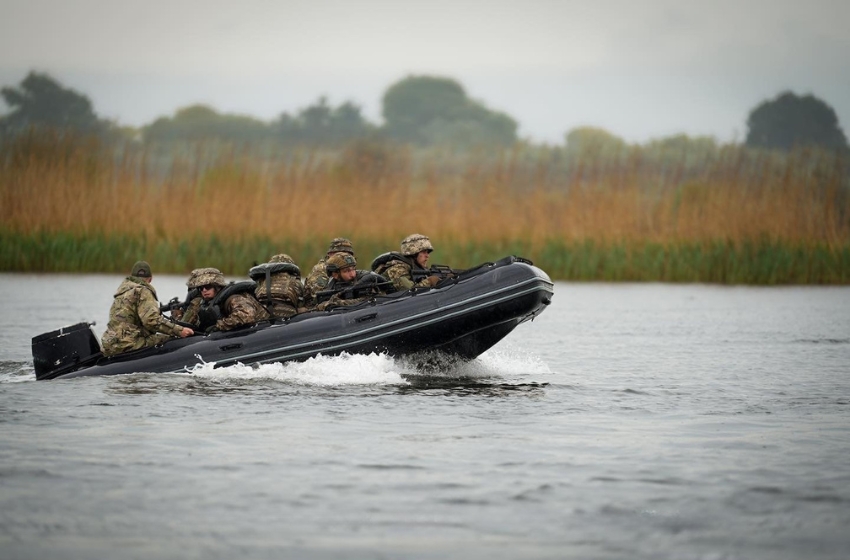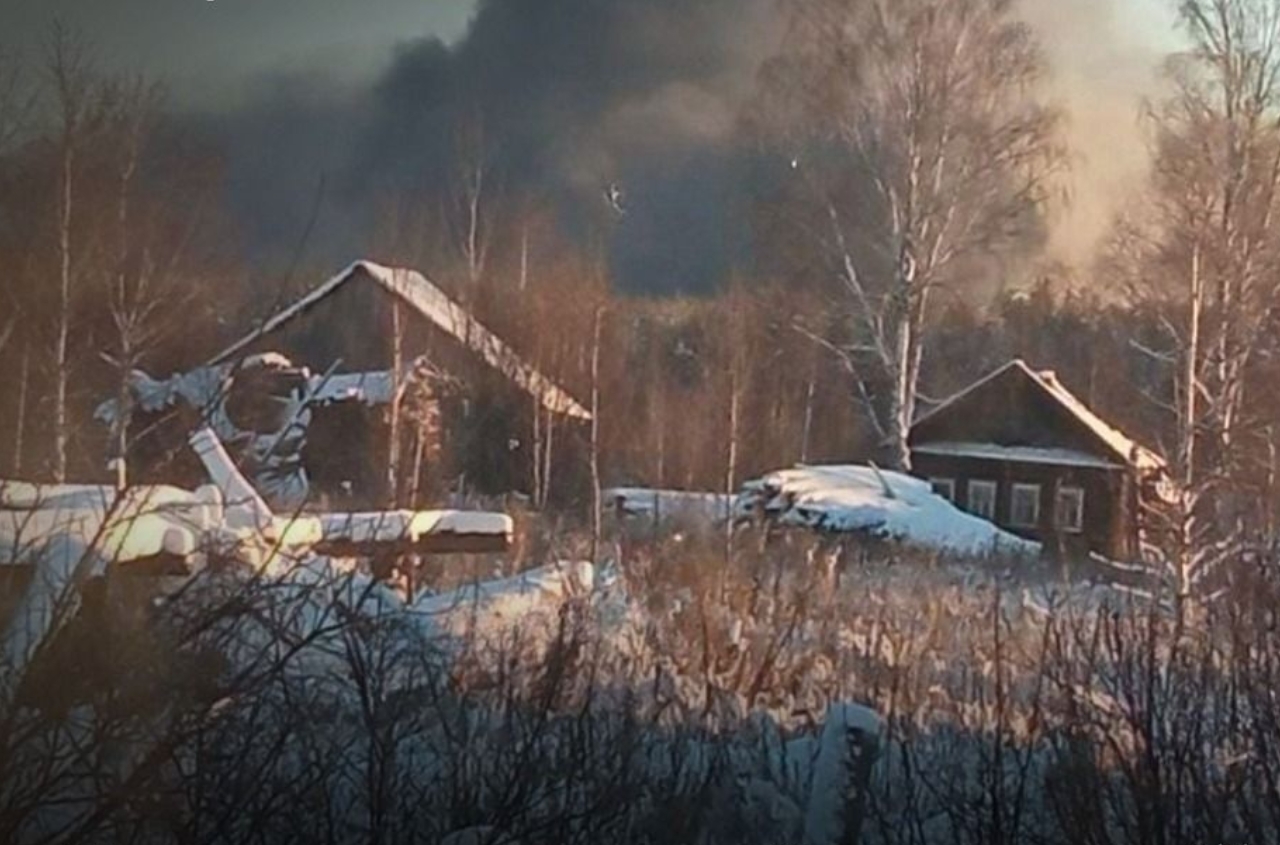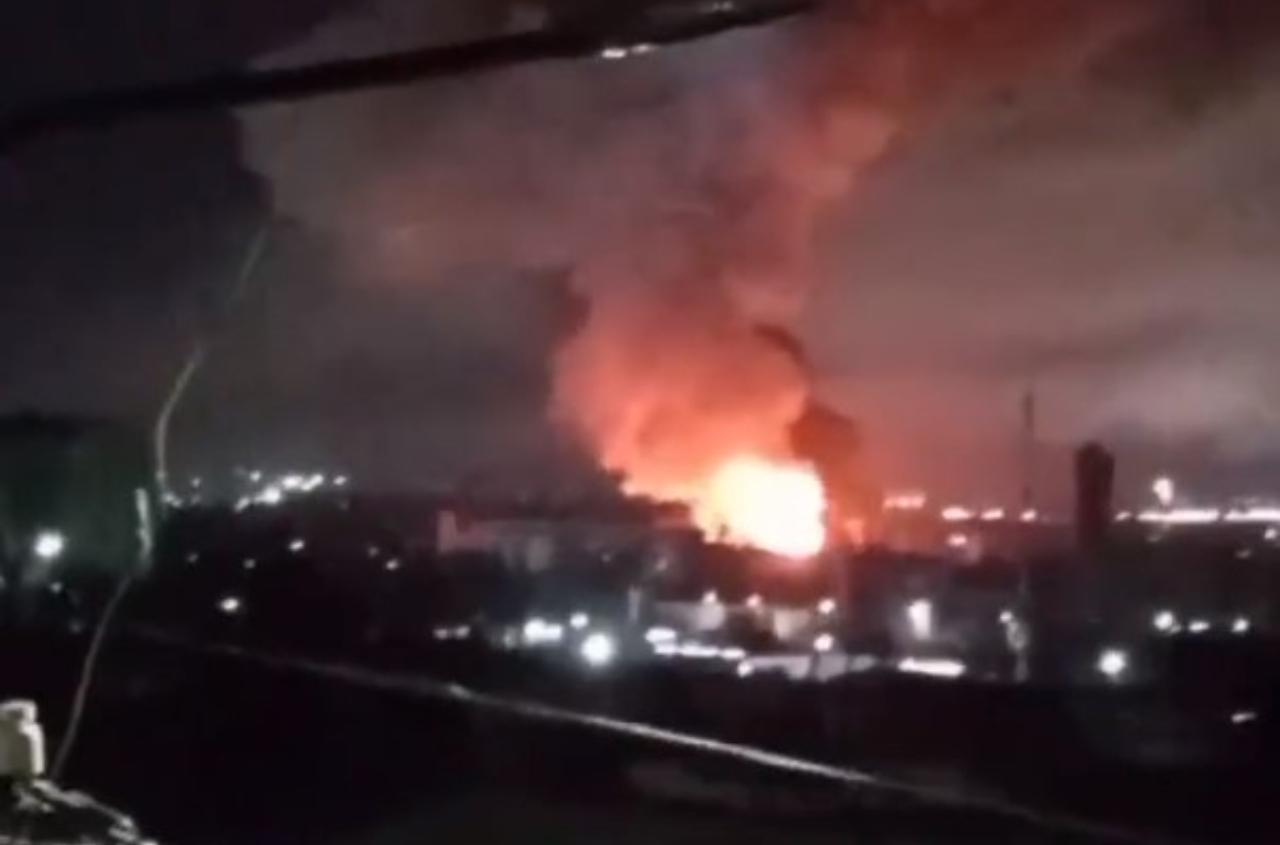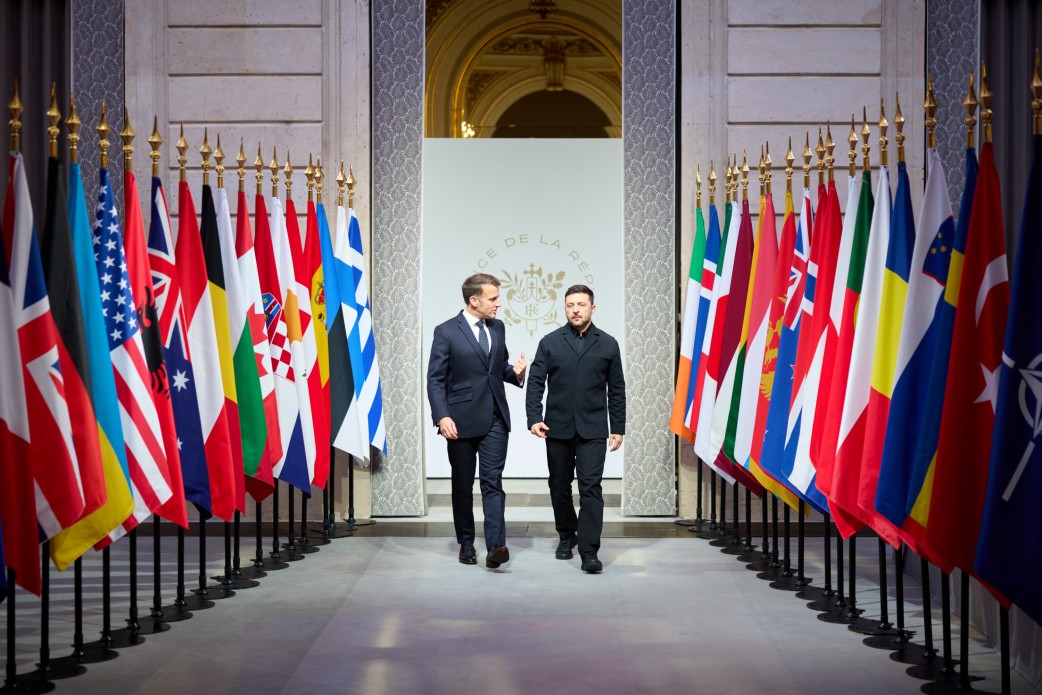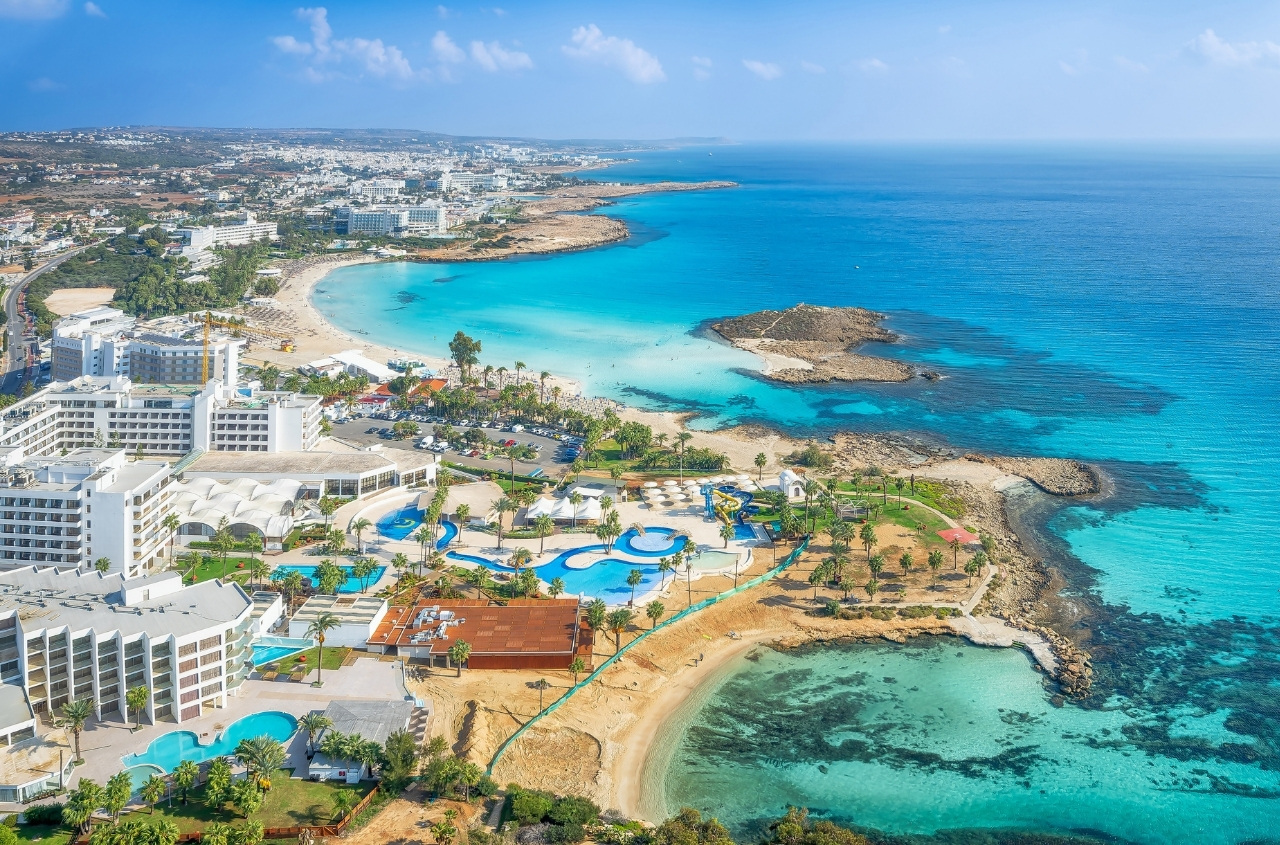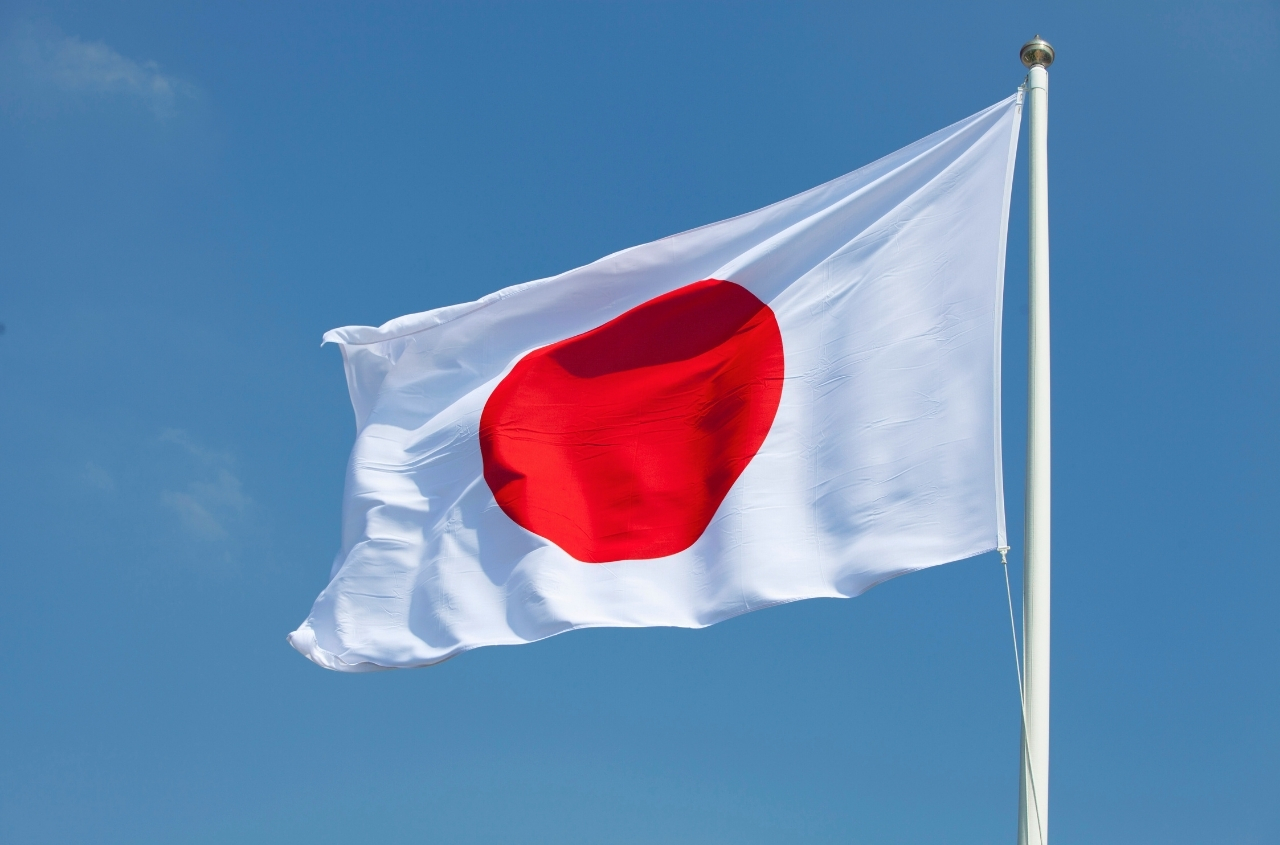Russian troops have intensified activity across the entire zone of islands in the Dnipro River delta in Kherson region. Over the past week, compared to the week before, the number of combat clashes in the Kherson direction has increased 3.5 times.
This was reported by Vladyslav Voloshyn, spokesperson for the Southern Defense Forces of Ukraine, commenting that from July 7 to July 13, Russian forces attempted 42 assaults on Ukrainian positions on the left bank of the Dnipro River in Kherson region.
"Indeed, compared to the previous week, the number of combat engagements in the Kherson or Dnipro River directions has increased 3.5 times. This means the enemy conducted a fairly large number of firefights for such a small front. Previously, the situation had already been tense due to drone attacks, FPV drone strikes, and artillery shelling. Combat intensity was high. But this past week, the enemy became particularly active with direct assaults, trying to seize footholds on several islands — including Velykyi Potomkin (now Velykyi Vilkhovyi), Nestriha, and areas near the Antonivskyi road bridge. For several weeks, they had not launched assaults in that area. As usual, the enemy also carried out attacks near the Antonivskyi railway bridge," the spokesperson said.
In addition, according to Voloshyn, Russian forces began active combat operations on the Bilogrudyi, Kozulyskyi, and Zabych islands. On each of these islands, they are conducting 1–2 assault actions — more like reconnaissance-in-force. The Russian forces is trying to probe Ukrainian defenses and detect minefields and other barriers. They aim to locate Ukrainian firing positions.
However, despite the increased Russian activity in the Dnipro delta island zone, there is no current evidence suggesting preparation for a large-scale assault or river crossing in a specific direction. Instead, the Russian troops appears to be looking for a weak spot to seize a small foothold.
"If they sense that we are responding less forcefully somewhere, they try to establish a foothold there and use it for fire support. In general, the enemy drops 'packages' using drones — ammunition, food, water, equipment — multiple times in one location. Then they attempt to land an assault group at that spot," Voloshyn explained.
He noted that a typical Russian assault group consists of five people in a boat, using electronic warfare cover, favorable weather, or nighttime darkness for concealment. Previously, the group included four assault troops and a driver. Now, only two assault troops attempt to land — one person stays in the boat operating electronic countermeasures, and another serves as drone defense with a shotgun or acts as an observer.
In the area near the Antonivskyi road and rail bridges on the left bank, Russian groups of two continue to attempt to stealthily approach and establish positions near the bridges. These efforts are ongoing — up to 3–4 such attempts are recorded at one bridge per day.
Voloshyn emphasized that all of this concerns the left bank of Kherson region — the Russian forces are not present on the de-occupied right bank. He also stressed that the entire island zone in Kherson region remains under the control of the Ukrainian Defense Forces.









